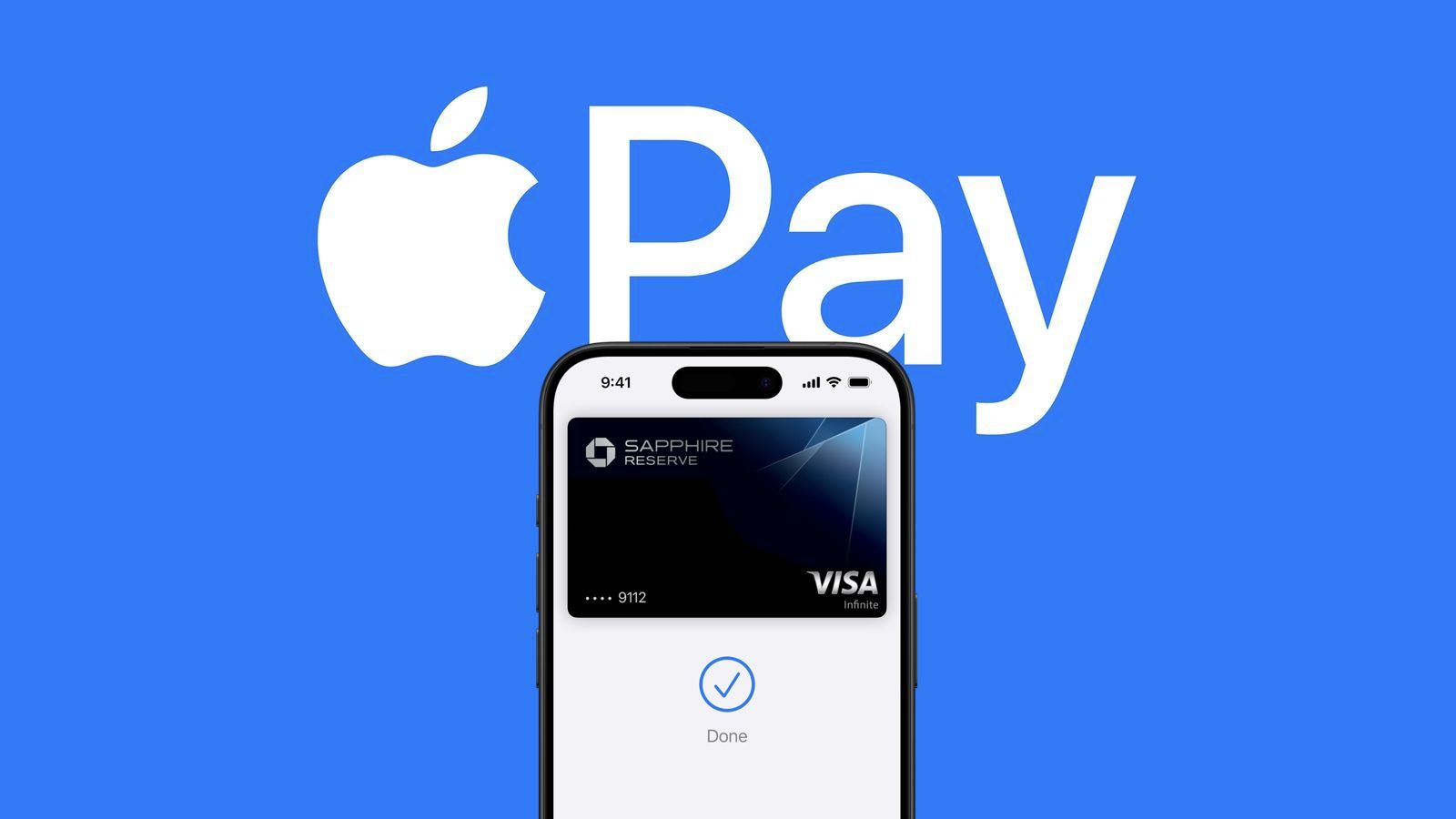This reeks of bringing people to the well after it’s already dried up. The established convenience of Apple Pay is unlikely to take much of a hit from would-be competitors.
I do hope, though, that it spurs Apple to innovate a bit more, particularly w.r.t loyalty and rewards schemes and the likes.
deleted
I agree, but at least it is now possible to compete with Apple Pay. The position of Apple and Google Pay is too strong if competition is unthinkable.
Apple was smart to partner with the banks and acting as a proxy initially. The next step could bypass Visa, MasterCard, banks, payment processors, …
deleted by creator
Apple Pay charges much higher rates than competing payment processors.
Apple Pay isn’t a payment processor. It’s a system for banks to provisional additional cards on their customer’s devices, which are then processed the same way and for the same fees as tapping the physical card.
Banks want direct access to the NFC because they want to bully people into making their app the default handler for payment cards. One of the great things about Apple Pay is that all banks must compete as equals for every transaction. It’s trivially easy to switch which card you use when you pay and every card gets the same best user experience.
Forcing NFC open is, paradoxically, anti-competitive, because it makes it easier for the biggest banks to stop competing and instead lock their customers in.
deleted by creator
LOL what? That’s literally the only thing it is…
Merchants do not have any relationship with Apple for Apple Pay transactions. You tap your phone and it’s treated the exact same way as when you tap your card. The merchant sends it to whoever they use for card processing, who eventually sends it to the card network (Visa, etc.) and to the bank for approval. That’s what payment processing is. Apple isn’t involved at any step. They are involved in the provisioning process where cards are added to your device.
Not correct. Apple doesn’t provide this service out of the kindness of their hearts. They charge 0.15% transaction fee.
Apple charges a fee to the issuing bank, which comes out of their share of the card processing fee paid by merchants. The original (2014) reported fee for US credit card transactions was 0.15%. Card processing fees are, in general, significantly cheaper in Europe (and indeed most other countries). We don’t even know if the US fee is still 0.15% but it definitely isn’t in the EU.
deleted by creator
Have you literally done zero research into this? The vast majority of merchants in the US, and nearly 100% in many other countries, accept Apple Pay. Doesn’t that strike you as awfully high if they actually had to sign up for it with Apple? And add an entirely new payment processor to their operations?
Apple is not involved in any capacity with processing Apple Pay transactions when you tap your device in a business. A Visa card loaded on an iPhone is literally just a contactless Visa. Apple Pay = Google Pay = physical contactless card. One single industry-standard protocol.
For web/app transactions, a merchant has to set up Apple Pay explicitly (though it’s still actually processed by the same parties as entering the card number) but for in person, they just need contactless payments enabled on their card terminal. No extra steps, parties, or fees.
deleted by creator
Higher rates? Do customers pay more for using Apple Pay than any other solution where you are from?
I know shops pay a fee, but never heard it to be on the customer to pay.
It’s common in Australia to tell customers that cc card fees are added to the bill. Not everywhere but also not surprise.
Your country + my country is a small share of global market, unless you’re in China.
The key thing though is that Apple Pay is still just a credit or debit card. There’s no extra fee for the merchant or customer. It costs the same to process as using the physical card.
(OP commenter here again) This is correct.
Apple Pay charge a flat rate (around 0.1 to 0.2%) taken from the interchange fee. This is charged to the issuer specifically, i.e. the bank that issued the payment card.
The card network (visa, MasterCard, etc. also charge a flat fee to the issue for each transaction to the issuer, similarly to Apple Pay.
Issuers generally don’t increase merchant fees to account for Apple’s fee because it is highly negligible.
(As for merchants, they may charge you the entire interchange fee on top of your bill, but the Apple Pay part is still negligible.)
Take an example of a $100 purchase: interchange fee is around $2, of which Apple takes 0.15%, or 0.3¢. Its very, very low because Apple aims for high volume, and doesn’t want merchants or issuers to discourage use (think “WE DONT TAKE AMEX” signs).
That means they get high volumes of transactions, likely in the range of millions an hour worldwide, and so they still make money hand over fist even at this extremely low rate.
(Apologies if you already know this stuff, thought I’d share anyway as it’s my area of work!)
Well but guess where the merchants get their money to pay for that expense. If it increases the business’s cost, it ends up being paid by the final consumer.
Apple Pay doesn’t increase the business’s cost.
deleted by creator
What competitors? I’d love an Apple Pay/Google Wallet alternative but nothing exists.
High time






